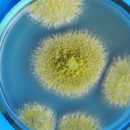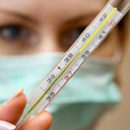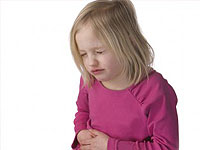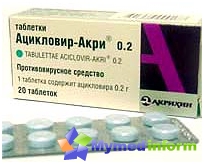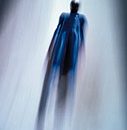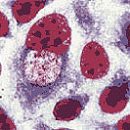What is ornithosis? What are the symptoms of ornithosis? How to diagnose the disease? How treatment is carried out? Answers to these questions you will find in the article.
Content
What is ornithosis
Ornithosis (Psitacosis) - infectious
disease characterized by inxication phenomena, lung damage and
a tendency to the protracted flow with exacerbations.
The causative agent of ornithosis refers to chlamydia. It is resistant to low temperature and drying.
Source
The causative agent of infection is birds. The greatest epidemiological
Meaning are homemade and indoor birds, parrots, pigeons, wild
waterfowl in which ornithosis usually proceeds asymptomatic.
However, with the deterioration of domestic birds, the lack of feed from them
Signs of the disease may appear. Birds refuse feed,
Lovely, they have diarrhea, discharge mucus from the nose. Disease
lasts 8-9 days and ends in the death of birds.
Major Paths
Transfer of pathogen - Air-dust and air-drip. Man
It is infected with inhalation of dust contaminated by feces and nose mucus
Patients with birds. Sick basically poultry farms, hunters on
Fishing birds, household owners.
What are the symptoms of ornithosis
Incubation
The period continues in the range of 5-30, more often 8-12 days. Part of the patients
Initially, malaise, nausea, joint pain. Usually
The disease develops sharply from chills, increasing body temperature;
Headache, pain in the muscles, joints, lower back, in the throat,
Sharp weakness, insomnia, dry cough, face hyperemia and zea,
Redness Scler and Conjunctive. Dryness possible, throat,
The voice becomes hoarse, rough, the feeling of constraints in the chest arises,
Sanding for chest. With the most typical pneumonic form
cough diseases first dry, in the future with the mocroid, sometimes
Blooding. On 4-5 day of the disease, physical signs appear
pneumonia, shortness of breath, sometimes cyanosis. Possible pleurrites. Sometimes a disease
takes a chronic course with relapses.
Diagnosis and treatment of ornithosis
Diagnosis
Based on data from epidemiological history (contact with
birds), clinical picture, radiographic results and
Laboratory studies. In the blood noted leukopenia, sharp
Increase.
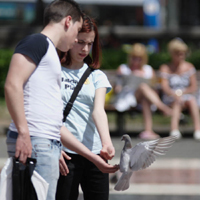
Specific diagnostic method is
Allergic intradermal sample with an ornithosic allergen, which
Conduct from 1-5 days of the disease. Seric reactions use
Complement binding response, as well as indirect reaction
Immunofluorescence.
Treatment
spend in hospital. Apply tetracycline antibiotics or
Rifampicin, anti-inflammatory and anti-allergic agents.
Forecast
With timely, the treatment is usually favorable. Part of the patients
For a long time (for several years), asthenia, sluggish
Inflammatory processes in the respiratory tract and lungs.
Prevention
It consists in carrying out veterinary and health and health
events. The first includes veterinary and sanitary supervision in
Poultry farms, zoos, in bird elements; Early
detection of ornithosis at home and indoor birds
Preventive, current and final disinfection. In the trading network
from farms, disadvantaged by ornithosis, carcass of birds in a groomed form
sent after thermal processing in the industrial method. Eggs
also exposed to thermal processing. Pooh and feather burn. Processing
Birds must be produced in respirators and protective glasses, while
It should be strictly followed by personal hygiene rules (wash your arms before meals,
after work).
In the epidemic focus spend the current and
Final disinfection. Behind people in contact with patients
Birds, establish medical observation for 2 weeks with
daily thermometry, put an allergic diagnostic sample and
Complete Binding Reaction with Ornithous Antigen. With the aim of
Prevention of persons in contact with sick birds should
Take an antibiotic tetracycline row for 2-3 days.
Persecutive are at a dispensary observation of at least 1 year and
Removed from the account in the absence of recurrences of the disease.

